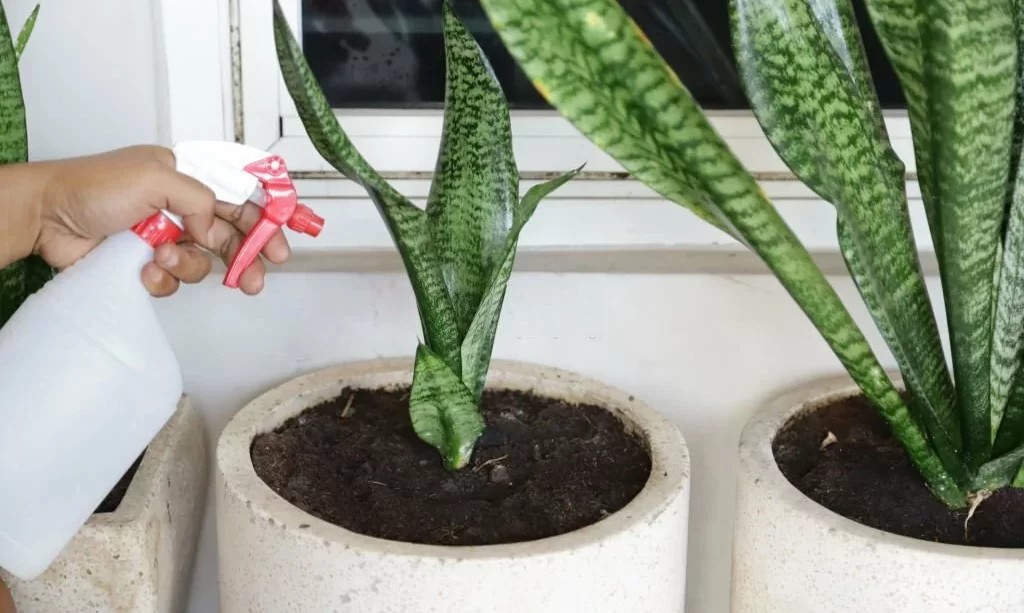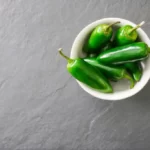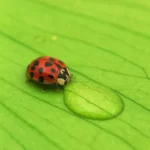Embarking on the journey of indoor gardening brings forth a variety of plant choices, and among them stands the resilient and visually striking snake plant, scientifically known as Sansevieria. In this article, we delve into the intriguing relationship between snake plants and humidity, shedding light on the factors that contribute to their well-being.
- SUPERIOR WATER MANAGEMENT- Quickly drain away excess moisture after each watering to protect roots and grow a happy plant
- PERFECT FOR ALL SNAKE PLANT TYPES- Specially blended substrate for all snake plants such as Sansevieria trifasciata, Laurentii, Black Coral, and Cylindrica
- ALL-NATURAL INGREDIENTS- Made from all-natural horticultural materials such as coconut coir, pine bark chips, perlite, and sand for added drainage; contains no slow release fertilizer
- PROFESSIONALLY MIXED IN THE USA- Each bag of snake plant soil is packaged with love on our family farm right in the USA; perfect for potted and outdoor snake plants
- REPOTTING MADE SIMPLE- Available in heavy-duty, resealable bags in 4 or 8 quart sizes; perfect for any size houseplant garden
What is a Snake Plant?
Before diving into the intricacies of humidity, let’s get acquainted with the star of our horticultural show – the snake plant. Recognized for its distinctive, upright leaves that resemble snakes, this low-maintenance beauty is a favorite for both novice and seasoned plant enthusiasts. Its unique appearance and air-purifying qualities make it a standout choice for indoor greenery.
Snake Plant Habitat in the Wild
To understand a plant’s preferences, it’s essential to explore its natural habitat. Snake plants hail from the arid climates of West Africa, where they thrive in conditions that are not overly humid. This origin story sets the stage for unraveling the snake plant’s adaptability to various humidity levels, a crucial factor in their overall care.
Ideal Humidity for Snake Plants
Snake plants, true to their adaptable nature, thrive in indoor environments with humidity levels typically ranging between 40-50%. This moderate range allows them to flourish without demanding precise conditions. While they can tolerate variations, maintaining this sweet spot ensures optimal growth and overall well-being. Striking a balance in humidity becomes a key factor in cultivating a happy and thriving snake plant within your home.
Benefits of Adequate Humidity
Ensuring that your snake plant enjoys the right humidity levels comes with a host of benefits. Adequate humidity fosters lush, green foliage and promotes robust growth. The plant’s resilience is enhanced, making it better equipped to withstand minor environmental fluctuations. Additionally, optimal humidity contributes to a more vibrant and visually appealing snake plant, creating a picturesque addition to your indoor garden.
- 🌱 PERFECT BLEND OF NUTRIENTS – Give your snake plants everything they need to grow up healthy! Our 3-1-2 liquid concentrate has all of the essential nutrients that your plants crave.
- 🌱 MIX WITH WATER – Designed to blend with water to provide a single application to use every other watering cycle. 1-2 tsp per 8 cups water.
- 🌱 SUITABLE FOR ALL VARIETIES – You can use our fertilizer on just about any kind of snake plants. It’s great for seedlings and mature plants alike.
- 🌱 SPECIALLY DESIGNED PREMIUM FORMULA – Special blend enables maximum absorption for plant growth and vitality.
- 🌱 DURABLE PACKAGING – This liquid concentrate comes in a sturdy, 8 oz foil sealed bottle. Store it in a safe, dry place and you can count on it to stay in great condition for a long time to come.
Risks of High Humidity
While snake plants are hardy, excessive humidity poses potential risks to their well-being. High humidity levels can create a breeding ground for issues such as root rot and fungal infections. It’s crucial to strike a balance to prevent these problems from compromising the health of your snake plant. By understanding and mitigating the risks associated with high humidity, you ensure a thriving and resilient addition to your indoor greenery.
Managing Humidity Indoors
Successfully cultivating snake plants involves not only understanding their preferred humidity range but also actively managing indoor conditions. Employing a humidity gauge allows you to monitor and adjust levels as needed. Additionally, adopting proper watering practices, such as allowing the soil to dry between waterings, contributes to maintaining an environment conducive to the well-being of your snake plant. Thoughtful placement within your home, considering factors like ventilation, also plays a role in humidity management.
Humidity and Snake Plant Varieties
It’s worth noting that different varieties of snake plants may exhibit slight variations in their humidity preferences. Some species may demonstrate a higher tolerance for fluctuations, while others could have more specific needs. For a comprehensive care approach, delve into the unique characteristics of your snake plant variety. This tailored attention ensures that you meet the specific requirements of your plant, fostering a harmonious coexistence between different snake plant varieties and your indoor environment.
Conclusion
In conclusion, the captivating world of snake plants unveils a fascinating connection with humidity. Their adaptability, rooted in the arid climates of West Africa, makes them a versatile and resilient addition to indoor gardens. Striking the right balance in humidity, maintaining the preferred range, and being mindful of individual varieties’ needs ensure the thriving health and aesthetic allure of your snake plants. As you embark on this green journey, the symbiotic dance between snake plants and humidity promises not only a visually pleasing indoor oasis but also a rewarding experience in nurturing these remarkable plants.






